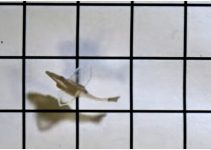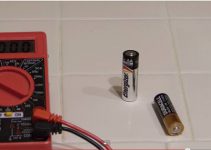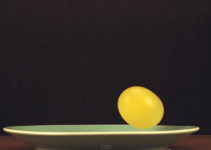Scientists at the Massachusetts General Hospital led by Harald Ott have successfully done something that has never been achieved before: growing a fully functional rat forelimb in the laboratory!
Plenty of studies have attempted to grow limbs in the past but Ott and the rest of the team did something that the others did not try: instead of directly promoting cell growth, they first stripped the limbs of cells. Detergent was used to strip away all cellular material from the forelimb, only retaining the primary vasculature and nerve matrix, reports IFL Science.
Progenitor cells for muscles and blood vessels were cultured in a separate container.
After a week of carefully stripping these cells away, the cell-free matrix was placed in a bioreactor filled with nutrient solution. This matrix was also subjected to electrical stimulation in order to promote growth.
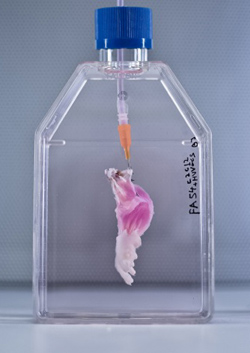
While inside the bioreactor, sheaths in the matrix were injected with muscle cells while the main artery was injected with vascular cells to create veins and arteries.
Less than a month later, the researchers were overjoyed to find that veins and arteries have, indeed, grown on the matrix and that muscle cells are now covering the limb. Application of electrical stimulation on the regrown limb shows that it was able to contract with strength equivalent to 80% that of newborn rats.
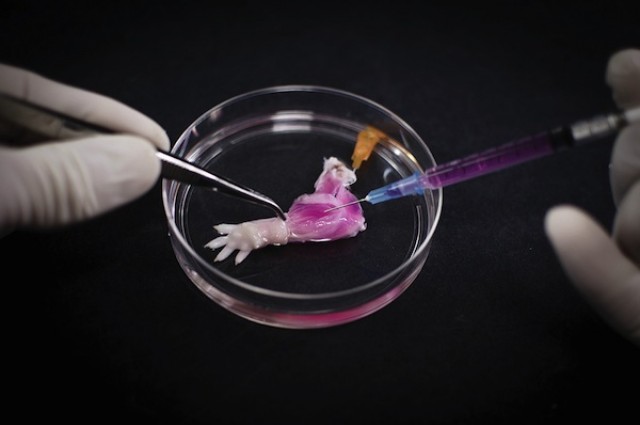
Moreover, when these regrown limbs were transplanted to recipient rats, the veins and arteries were filled with blood while the muscles needed a little stimulation but eventually flexed the recipient rat’s wrists. Incredible!
This breakthrough is being lauded in the science community for its many promising applications in the future, especially in creating body parts for people who lost theirs. How amazing it would surely be if doctors in the future could grow a person’s body parts instead of providing him with artificial parts, right?
Of course, 3D printing has done great wonders in creating excellent artificial body parts for many people in this generation yet body parts grown from that person’s own body would surely be a better alternative!
